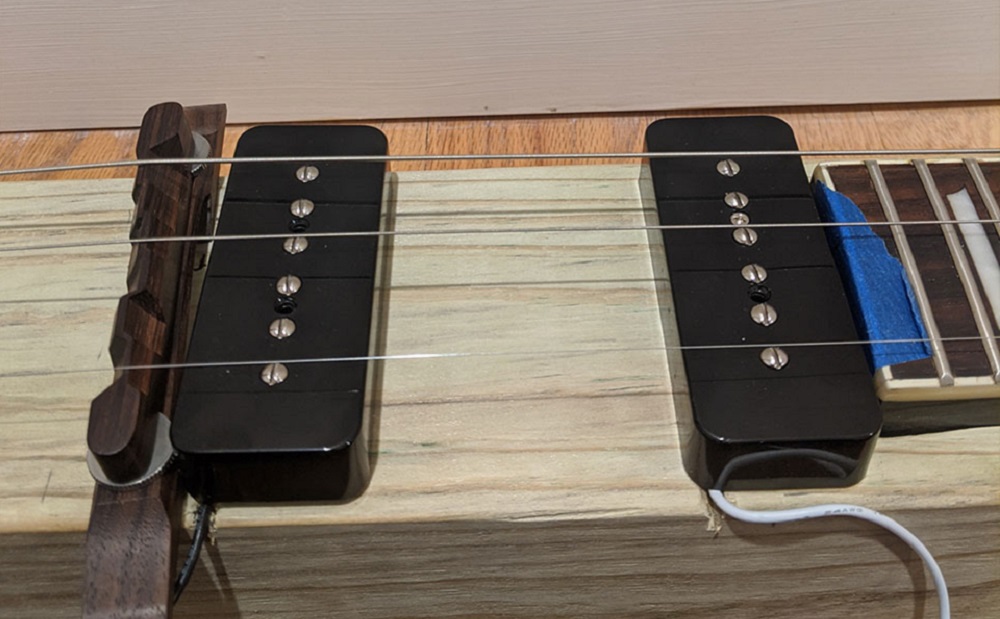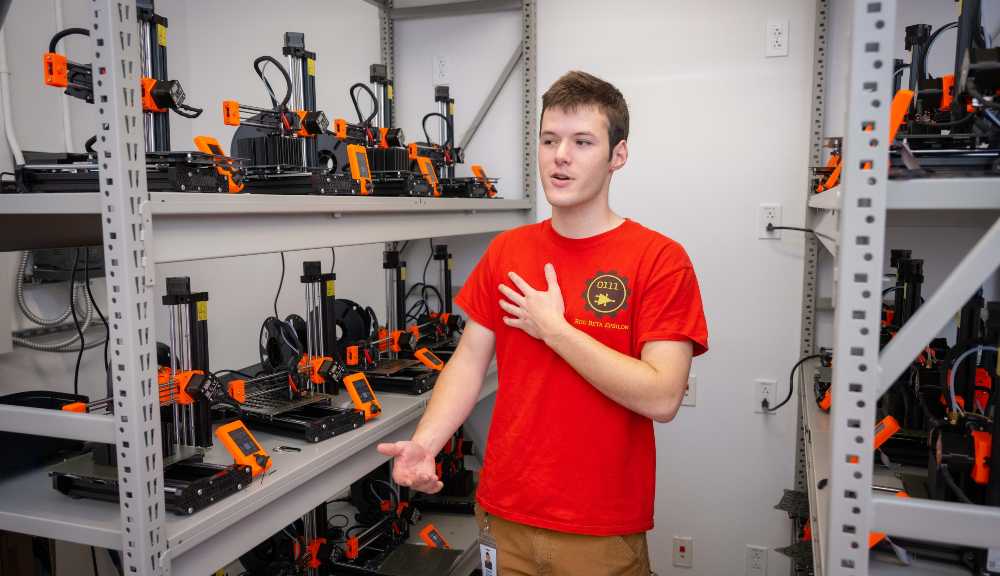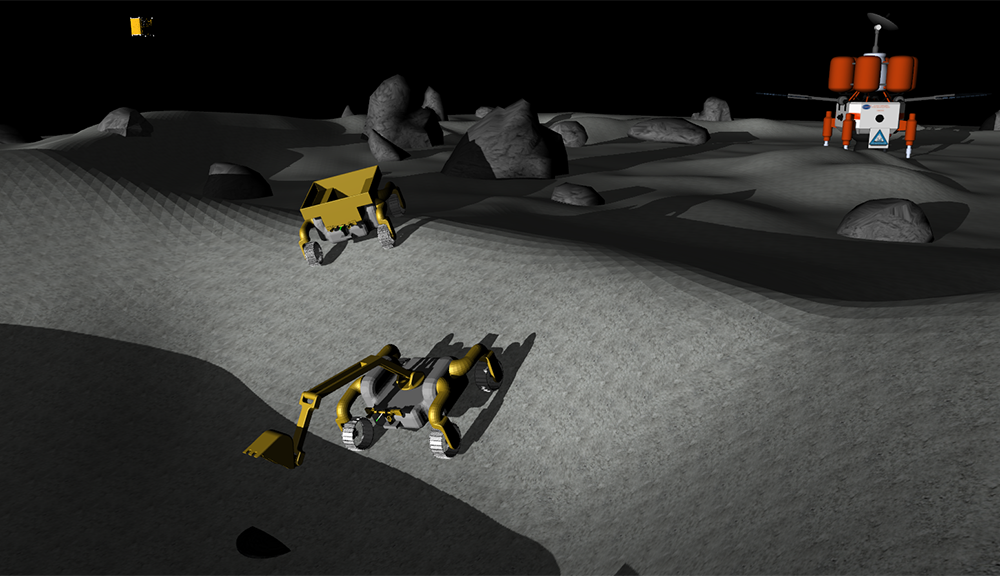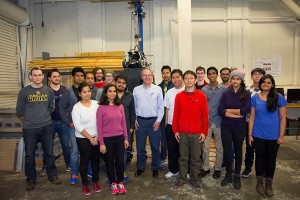
WARNER surrounded by his team in the lab.
Rather than be reduced to a bucket of bolts or warehoused forever like the Ark of the Covenant at the end of “Raiders”—the humanoid Atlas robot known as WARNER now has a permanent home at WPI’s Humanoid Robotics Laboratory (WHRL), where it will continue to provide research opportunities for students, faculty, and staff, thanks to the Defense Advanced Research Projects Agency’s (DARPA) donation.
“I want people to think originally and creatively about what to do with this robot.” – Mike Gennert, head of WPI’s robotics engineering program
For the past two years, the $2 million robot, nicknamed WARNER (WPI’s Atlas Robot for Nonconventional Emergency Response), has been on loan to WPI from DARPA while student and faculty teams competed in the DARPA Robotics Challenge (DRC). The robot was built by Boston Dynamics.
Team WPI-CMU, made up of faculty and students from WPI and Carnegie Mellon University, took seventh place among 24 international teams at the DRC finals last June.
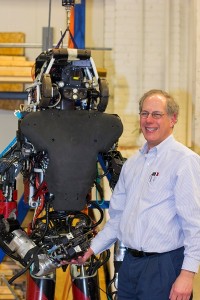
WARNER & Prof. Mike Gennert
“We did very well [in the competition] and they didn’t want to see the robot go idle, so they are letting us keep it for further research,” says Mike Gennert, head of WPI’s robotics engineering program.
The DARPA competition, though demanding, just scratched the surface of what such a powerful humanoid robot can do, because the teams had to focus solely on the tasks required, says Gennert. Now, they’re free to address other challenges.
For example, WARNER had to be programmed to walk, including every movement: how to move its leg forward, where to place its feet, and so on. With that task accomplished, a couple of student teams are now working on having WARNER learn how to walk by himself, first in simulation (so the robot doesn’t get hurt) and then in reality.
Another problem to address is getting the robot up from the ground. Currently, if the robot falls, humans have to step in and hoist it up again. But now that WARNER is no longer competing, researchers at WHRL hope to teach it to get up by itself, first kneeling and then standing.
“As far as I know, no Atlas can do that,” says Gennert.
Other groups are working on projects such as finding out if the robot can use sound to “hear” its environment, how to coordinate its vision and manipulation, and how to make WARNER walk faster and less clumsily—among others.
Anyone–faculty member, student, researcher or staff–with an interest in robotics can come to the lab and work with WARNER, says Gennert. Just come talk to him.
“The more the merrier. I’m open to all kinds of ideas–the crazier the better. I want people to think originally and creatively about what to do with this robot,” he says. However, because WARNER is expensive, fragile and hazardous, anyone who wants to work with it has to learn the hardware, software and–above all–safety procedures. “You can’t just turn it on and watch it walk around,” he adds.
When the Atlas was created nearly three years ago, it was the most advanced robot of its type, says Gennert, and it is still on the cutting edge. So he expects WARNER and the WPI community to have a long and fruitful relationship.
“WARNER won’t last forever. Eventually, it will wear out mechanically. But it will give us many years of research,” he says.
– BY CATE PRATO
